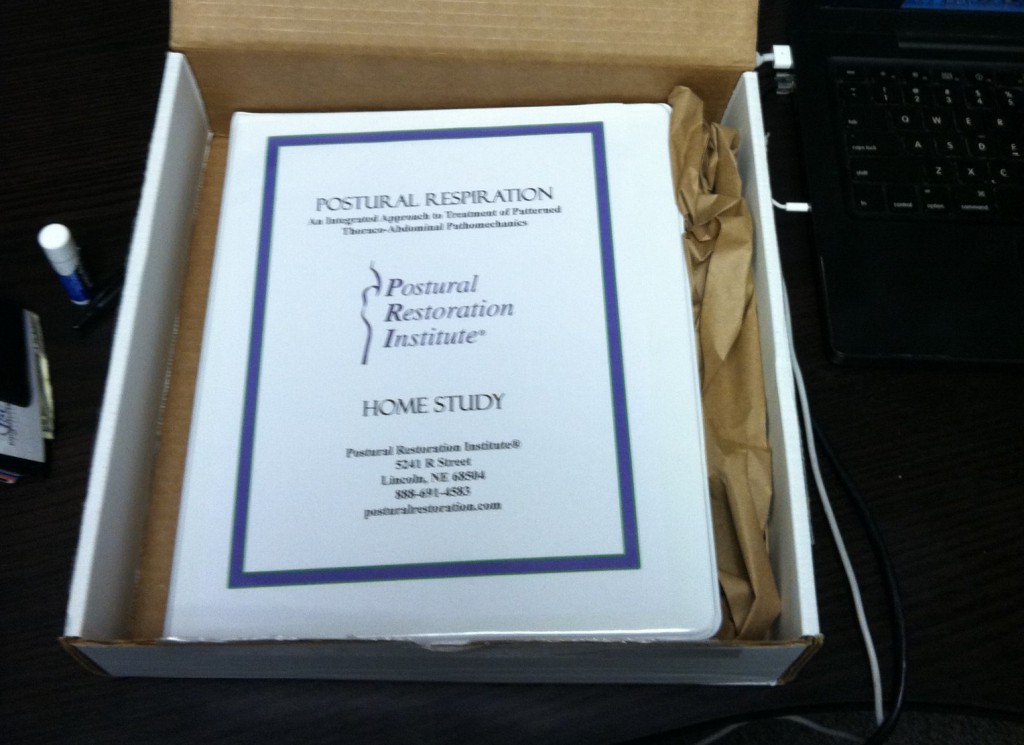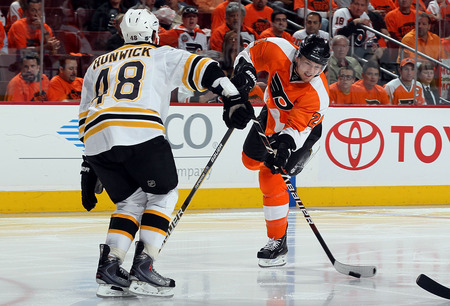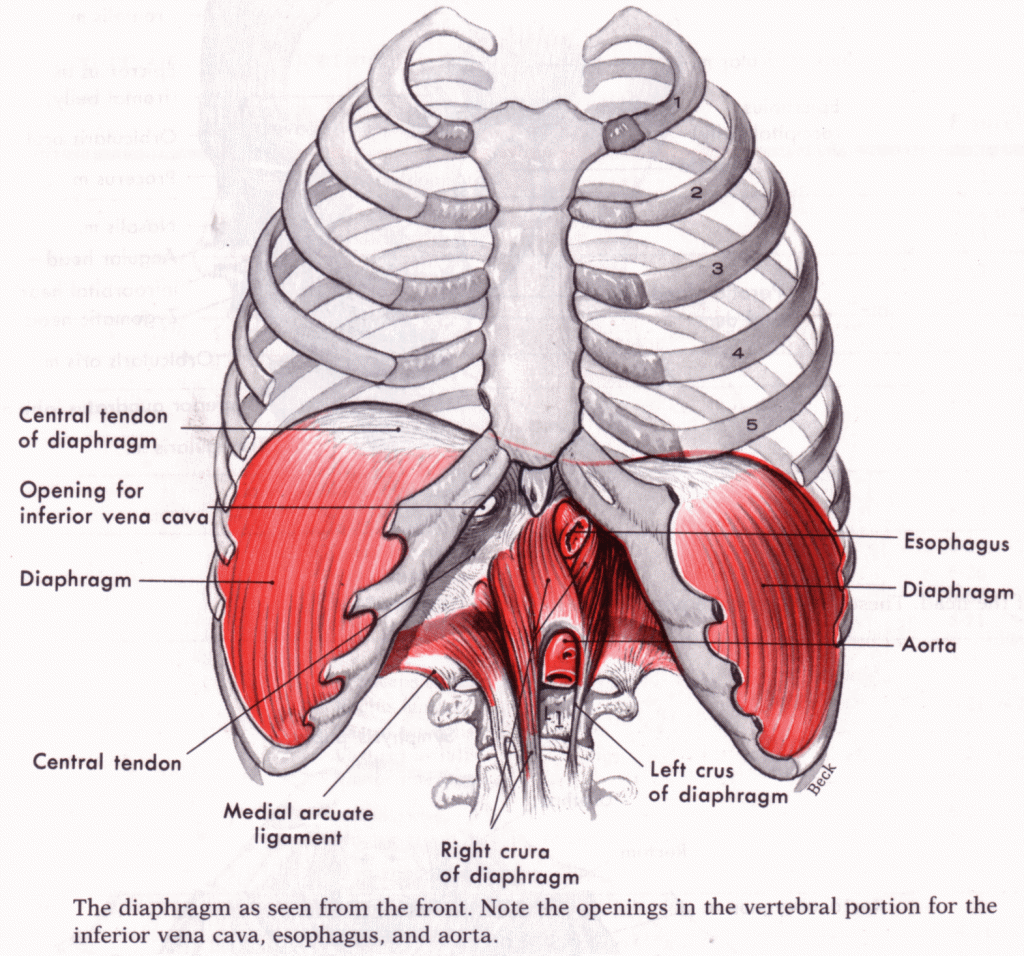One of my favorite things about the “Throwback Thursday” process is that I have an opportunity to re-read some of my older work. Aside from picking up some information that I may have forgotten about, it also allows me to reflect on where I was at in my education at the time of writing it, and what, if anything, has changed since.
Today’s post comes from 2011, when I was very early in my journey of digging into the Postural Restoration Institute’s information.
Nearly 4 years later, my assessment process has evolved significantly. Nonetheless, the pervasive predictable asymmetries discussed in this post continue to present themselves, and are one of the primary things I look at in designing training programs. I even reported some of the results of my “corrective” approach, particularly as it pertains to improving hip mobility in hockey players, in Ultimate Hockey Transformation.
Check out the post below and let me know if you have any questions in the comments section below!
Over the last couple weeks, I’ve been doing a lot of hip assessments at Endeavor Sports Performance on our incoming hockey players before they start their off-season training programs. The results of these assessments have shed light on the significant variations in hip structure and range of motion within (side-to-side differences) and among (differences from one player to the other) hockey players. Last week, I also started to dive into the Postural Restoration Institute‘s Postural Respiration home study course.

Over/Under on number of weekends I can spend going through 16-hour PRI home study courses before I wake up and find my Facebook relationship status has changed to “single”: 2
An underlying assumption of many hockey training programs is that players are entering the program in a state of symmetry. In recognition of the idea that side-to-side imbalances are one of the greatest injury risk factors, most training programs have the same number of sets and reps for each exercise on each side of the body or in each direction (depending on the exercise). Somewhat in contrast, in the past I would have said with great confidence that an underlying goal of a training program is to restore symmetry across joints and between sides of the body using asymmetrical programming. An illustration of this thought process lies in the idea that players rotate thousands of times more in one direction to shoot the puck than they do the opposite direction. As a result, doing horizontal rotation or “anti-rotation” exercises emphasizing the opposite direction will help restore symmetry across the involved joints and muscle groups. Still, this presumes that, in the absence of hockey, the players would be symmetrical.


Note the side to side differences between the left and right hemi-diaphragms
From a movement pattern standpoint, we’re a very right-side dominant society. We have a greater tendency to shift weight onto our right leg, reach with our right hand, etc. (You’re probably in a state of left external thoracic rotation using your right hand to control your computer mouse, tracking pad, ipad or cell phone right now!). This leads people to a state whereby they:
The combined effect of these structural and patterned asymmetries has profound performance implications. To be clear, the structural asymmetries are built into our system and are necessary for proper function. The goal is never to “eliminate” them (which would be impossible), but rather to ensure that they remain in as close to a state of NEUTRALITY as possible. In other words, we aren’t symmetrical, but we can be neutral. The major paradigm shift here is that neutral is in a relative state of asymmetry and that the goal of systematic asymmetrical programming is to restore neutrality to the player, not symmetry.
A more comprehensive understanding of these asymmetries provides incredible explanatory power for why hockey players have such a significant prevalence of injuries such as CAM impingement, adductor strains, sports hernias, and SI joint instabilities. It also explains why we see more CAM impingements and sports hernias on the right side, and hip adductor/flexor strains on the left side. Most importantly, it provides a framework from which assessments can be designed to identify these non-neutralities and exercise progressions can be implemented to bring the player to a more optimal alignment.
If you’re interested in learning more about the Postural Restoration Institute or how structural asymmetries influence performance, I highly recommend you check out the interview with PRI founder Ron Hruska that Joe Heiler did as part of the 2011 Sports Rehab to Sports Performance Teleseminar. Joe is selling all of the audios as a package for $29.99, but you could always just grab a membership to his site for $1 (14-day trial then $9.95/month after) and listen to them that way (it’ll save you a couple bucks). Either way, it’ll be well worth the investment. I’ve listened to the Hruska interview at least 5 times and there are a few others that have received similar playing time. Click the image below to check out SportsRehabExpert!
Check back in a couple days for an easy way to assess for a structural hip abnormality that a lot of hockey players have, but don’t know about!
To your success,
Kevin Neeld
HockeyTransformation.com
OptimizingMovement.com
UltimateHockeyTraining.com
Please enter your first name and email below to sign up for my FREE Athletic Development and Hockey Training Newsletter!
“Kevin Neeld is one of the top 5-6 strength and conditioning coaches in the ice hockey world.”
– Mike Boyle, Head S&C Coach, US Women’s Olympic Team
“…if you want to be the best, Kevin is the one you have to train with”
– Brijesh Patel, Head S&C Coach, Quinnipiac University